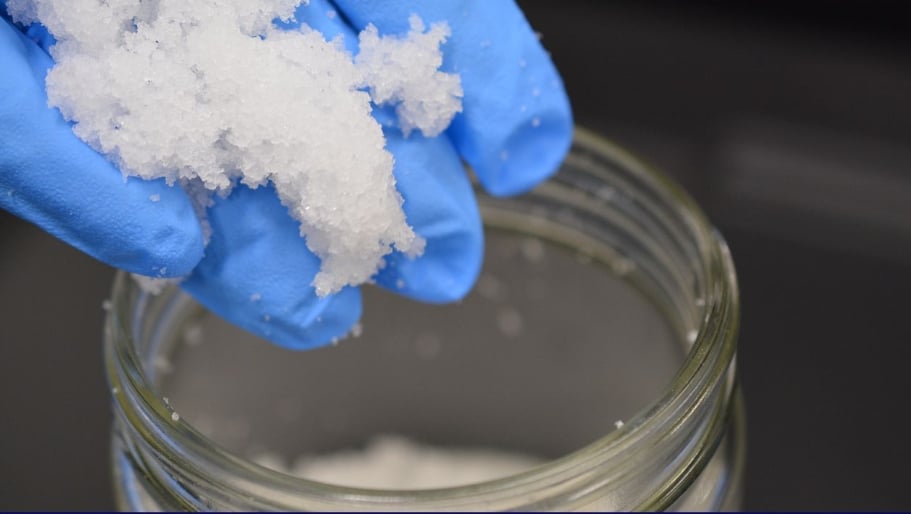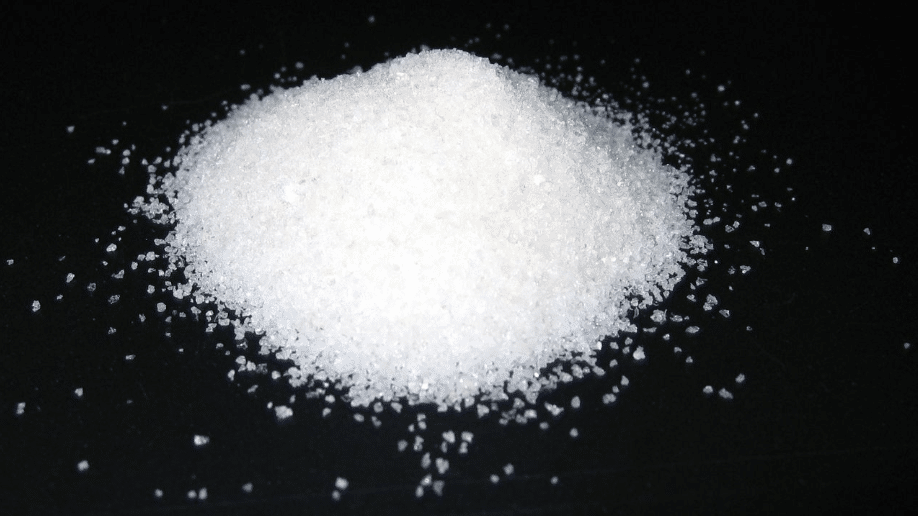Climate change poses immense challenges for agriculture in the 21st century, as rising temperatures and unpredictable weather patterns strain traditional practices. To adapt, innovation has integrated essential advancements into sustainable farming’s core, like superabsorbent polymer (SAP). These transformative tools not only help farmers withstand changing environmental stresses but shape agriculture’s greener future.
However, adjusting long-held techniques to new technologies requires time and continued progress. While SAPs and other innovations mitigate pressures on farming, fully adapting to climate change’s complex challenges will demand more versatile, collaborative solutions. Maintaining crops’ resilience and yields during intensifying droughts or unpredictable precipitation, for example, remains difficult. But through perseverance and innovation guided by sustainability’s priorities, agriculture can endure rising difficulties and secure food sources for the future.
Understanding Superabsorbent Polymers
Superabsorbent polymers can absorb and retain water hundreds of times their weight. These polymers, developed in earlier days for diapers and medical dressings now gaining prominence in agriculture by possessing an interesting feature of storing water gradually releasing it to plants. Saps are made from cross-linked polymers, which take on a gel-like quality in the presence of water and draw moisture into them.
Water Conservation with Superabsorbent Polymers
One of the most crucial duties superabsorbent polymers have in agriculture is to conserve water. SAP could help drastically in areas that face water scarcity or whose rainfall patterns are highly erratic. These polymers absorb and hold water in the soil so farmers can irrigate less often, preserving their scarce water supplies. Moreover, the polymers do slow the release of water so that even during drought conditions crops are not devoid of them.
Enhancing Soil Quality and Structure
In addition to water saving, superabsorbent polymers have important properties that make them useful in agriculture for the recovery of soil quality. On application to the soil, SAPs modify the structure of soil by increasing its porosity and aeration. The control of these beetles helps to create improved soil structure that promotes growth in roots and can increase the nutrient intake thus creating a healthier garden. In addition, SAPs minimize soil compaction, which is a problem associated with traditional agricultural practices (regular cultivation causes the physical structure of soils to degrade).
SAPs can help reduce the mobility of water and nutrients in sandy or degraded soils that are prone to leaching down below the rooting zone. This is especially valuable in dryland regions, where soil erosion and nutrient depletion are perennial problem.
Increasing Crop Yields and Productivity
Employment of an efficient water and nutrient-retaining agent in superabsorbent polymers can, in turn initially affect the crop yield. SAPs help crops remain healthy and vigorous through drought, which in turn reduces the likelihood of crop damage due to water stress. This enhanced absorption of water and nutrients being slowly released by the SAPs sets up a perfect growth opportunity for plants, resulting in stronger healthier plants that ultimately lead to higher yields.
For the farmers, this is essentially bringing them more stable harvests and bigger economic gains. By using SAPs to move nutrients toward plant roots, agriculture in water-scarce and arduous geographical areas has improved the yield of food which further ensured food security by enhancing productivity.
Reducing the Environmental Impact of Agriculture
They may deploy water unsustainably, promote soil degradation, and abuse the use of chemical inputs. When assessing the environmental impact of such phenomena, superabsorbent polymers are regarded as a sustainable option to intervene. This can save resources indirectly as it reduces nutrient leaching and the necessity to excessively irrigate crops. In addition, most SAPs applied as agricultural chemicals is biodegradable and degrade to natural components in soil without creating any harmful residues. This is especially relevant in the case of sustainable agriculture as it emphasizes low chemical inputs or zero use of chemicals.
Applications of Superabsorbent Polymers in Agriculture
Today, the irrigation of crops has been greatly facilitated with superabsorbent polymers (SAPs) which maximize water retention and promote soil productivity in modern agriculture. These are polymers that can carry and capture massive water which is essential for areas of the land, especially in drought regions or poor soil conditions. Once mixed into the soil, SAPs serve as a reservoir from which water is released slowly to plants over time thereby cutting down on watering intervals and maintaining crop moisture even in periods of drought. This aids in the growth of plants which eventually leads to higher output from crops and conserves resources as well.

Economic Benefits for Farmers
In agriculture, the use of superabsorbent polymers is highly beneficial for farmers in terms of cost. SAPs not only allow for decreased water and fertilizer application rates, which lowers input costs yet maintain or even increase crop yields. This in turn makes the agriculture sector more affordable and sustainable from a business perspective. This increased resilience to water stress and command indicators such as irrigation brings farmers better yields because of lessened susceptibility, translating into more consistent revenue across all cropping cycles.
Challenges and Limitations
Despite all the benefits superabsorbent polymers provide, there are several disadvantages in using them for agriculture. One of the number one reasons is price. However, SAPs with low-micronutrient impurities can be expensive, particularly for small-holder farmers in developing countries. A further worry is the risk of overuse. If used incorrectly, SAPs may cause the soil to become waterlogged and worsen its structure. Farmers must employ good agricultural practices and adhere to the guidelines when applying SAPs for best results.
Superabsorbent Polymers and Sustainable Agriculture
Interest in this class of materials has led to ongoing research and development for enhanced performance, sustainability, and greater use within the agricultural sector. Above all, biodegradable SAPs offer significant promise in terms of the reduction in environmental effects and for the future development of environmentally friendly agriculture.
With global populations growing and the supply of water diminishing, so too will our need for greater agricultural efficiency in broad-acre farming. These challenges will be met by a revolution in technology, and superabsorbent polymers are poised to play an integral part of that change — one that keeps farmers growing more food with fewer inputs all while minimizing the footprint it has on our precious planet.
Conclusion
The invention of superabsorbent polymers is an important technological breakthrough towards achieving sustainable agriculture. Despite their water and soil-conserving abilities as well as the fact that they help to increase agricultural productivity, these farm savers are usually regarded with disdain by modern farming. SAPs may offer a way to sustainable, Silicon Valley-style agriculture that is much more environmentally friendly as well as supporting important climate resilience. SOCO is at the cutting edge of this move which makes us excited for what we can expect from superabsorbent polymers and their future role in sustainable farming as agricultural practices continue to change.
Read more. https://dropshipinsight.com

